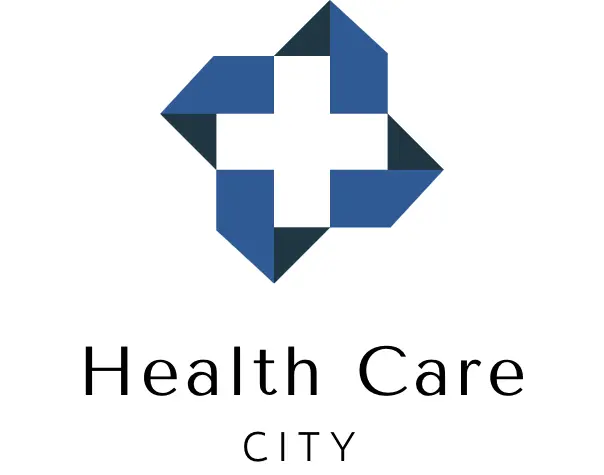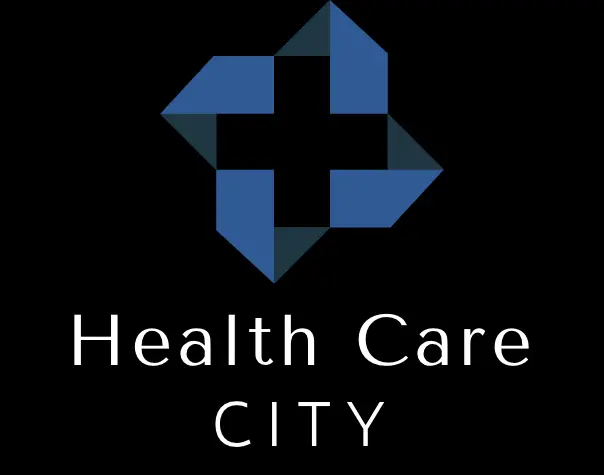Muscle strain is an injury to a tender or a muscle—the fibrous tissues that link the muscles to bones. Minor injuries only stretch the muscle or tender, but severe injuries give complete tears to the tissues. Strain can appear in any muscle but commonly occurs in the lower back, neck, shoulder, and the muscles back of the thighs, widely called pulled muscles. The difference between the strain and sprain is that the strain includes an injury to the muscles that attach the muscles to a bone, while sprain injures the band of tissues that link the two bones together.
First aid requires rest, ice, compression, and elevation. Mild strain can be easily treated at home, while severe strain sometimes requires surgery.
Symptoms of muscle strain:
Signs and symptoms of muscle strain can vary according to the severity of the injury and may include;
- Pain
- Tenderness
- Redness
- Limited motion
- Muscles spasms
- Swelling
- Muscles weakness
- Bruising
- A Knotted-up feeling
- Stiffness
- Soreness
- Weakness
- Inability to use muscles
Causes:
An acute muscle strain can result from;
- Lift something heavy
- Jump
- Run
- Throw something
- Slip
A chronic muscle strain occurs due to;
- Repetitive injuries
- Playing sports like tennis, golf, rowing, or baseball
- Holding your back or neck for an extended period in an awkward position
- Poor posture
When to see the doctor:
Mild muscle strain can be treated/cured at home, but severe muscle strain or injuries need medical attention. You must seek medical attention, if;
- The pain doesn’t leave after a week
- The injured area becomes senseless
- Bleeding from injury
- You can’t move or walk
Diagnosis:
In the physical exam, the doctor will check the swelling and points of tenderness. The location and severity of pain can determine the nature and extent of the damage. The doctor may see the defected area of injury in severe cases, where the muscles and tenders have been fully ruptured. Ultrasound can help in distinguishing the different types of tissue injuries. X-rays and MRIs can determine the severity of the injury.
Risk factors:
Sports like soccer, football, hockey, boxing, and wrestling can increase the risk of muscle strain. Muscle strain risk factors are;
- Muscle tightness
- Muscle imbalance
- Poor conditioning
- Muscle fatigue
- Old age or adolescence
Certain body parts are more sensitive to strain while playing some sports, such as;
- Hands: Gymnastics or golf are gripping sports that can increase the risk of muscle strain in the hands.
- Legs and ankles: Quickstart jumping such as basketball and hurdling can tough the tendons in the ankles.
- Elbows: Elbow strain can be caused by throwing sports and racquet sports.
Prevention: To avoid the risk the muscle strains, an individual may need to perform the following actions/activities;
- Regular stretching
- Strengthening exercises
- Stay physical active
- Regular conditioning
- Avoid sitting long in one position
- Maintain good posture while sitting and standing
- Lift objects carefully
- Take precautions
- Wear shoes that fit properly
- Start a warm-up routine
Treatment:
To treat the muscle strain, you can adopt the following action;
- Rest: Avoid physical activities that cause pain, swelling, or discomfort.
- Ice: Immediate help to reduce muscle strain is to ice the affected area. Use an ice pack or cold water on the affected area for 10 to 15 minutes each time and repeat this activity every 2-3 hours after waking up from injury. Don’t use ice directly to the skin; use an ice pack or wrap ice in a towel.
- Compression: Compress the swelling area with an elastic band to reduce swelling. Don’t wrap it too tightly because it hinders/stops the circulation of blood. If you feel pain, then lose the wrap.
- Elevation: Elevate the area of injury above the heart at night, allowing gravity to lower swelling.
- Medication: Treatment requires anti-inflammatory medications, therapy, and pain relievers which can reduce the swelling and pain. Therapy restores the movement.
Doctors recommend avoiding painkillers during the first 48 hours of muscle strain, which can increase the risk of bleeding, such as aspirin, naproxen sodium, and ibuprofen. Acetaminophen can help reduce pain due to muscle strain. Apply heat to the muscles after three days; this will improve blood circulation, which increases the healing process.
- Physical Activity or exercise: Slowly increase physical activity. Start stretching, which will reduce stiffness and weakness of muscles.
- Make some effort to stay in shape: A physical therapist can also minimize injured joint or limb strength and stability.
Foods that heal muscle strain:
The proper diet increases the healing process and helps to feel better sooner. Following foods are good for the recovery of muscle strain.
- Protein-rich foods: Protein is a nutrient that strengthens your body’s muscle tissues. When you suffer from muscle strain, inevitably, loss of mass occurs. Eating the proper amount of protein can lower the risk of losing the amount of muscle mass. Protein intake improves the body’s retraining and muscle development. Protein-rich foods are;
- Chicken
- Fish
- Tofu
- Beans
- Nuts
- Egg
- Milk
- Beef
- Lamb
- Seafood
- Vitamin C-rich fruits and vegetables: Vitamin C can help you reduce inflammation, improve motion, and restore the body. It also produces collagen, enhancing the body’s ability to maintain/repair bones, tendons, and muscles. Vitamin C rich foods are:
- Oranges
- Grapefruit
- Bell pepper
- Spinach
- Broccoli
- Tomatoes
- Kiwi
- Lemon
- Strawberries
- Cabbage
- Omega-3 fatty acids: Muscle strains can cause a lot of inflammation in the affected area. Omega-3 fatty acids can help in controlling inflammation. Omega-3 and Omega-6 fatty acid-rich foods are;
- Walnuts
- Chia seeds
- Fish
- Canola oil
- Sunflower oil
- Corn oil
- Flaxseeds
- Flaxseed oil
- Soybean oil
- Zinc-rich foods: Zinc is also essential for the healing of wounded tissues. While taking a large amount of zinc can cause copper deficiency. Zinc-rich foods are;
- Meat
- Shellfish
- Fish
- Whole-grains
- Nuts
- Beans
- Red meat
- Poultry
- Seafood
- Fortified cereals
- Vitamin D/Calcium: Calcium and vitamin D play an essential role in healing the bones. Vitamin D is a natural pain manager that increases the body’s ability to absorb and process calcium for recovery. Calcium-rich foods;
- Broccoli
- Almonds
- Okra
- Dairy products
- Canned salmon
- Canned baked beans
- Calcium-Fortified foods
- Dark green leafy vegetables
- Soybeans
- Figs
- Fiber-rich foods: Fiber-rich foods can fill you up for a longer duration and prevent overeating. During recovery, orthopedics recommends keeping your injured parts immobile, and fiber-rich foods contain plenty of nutrients. Fiber-rich foods are;
- Beans
- Broccoli
- Avocado
- Berries
- Popcorns
- Whole-grains
- Apple
- Dried fruits
- Psyllium husk
- Potatoes
- Nuts
References:
- https://www.mayoclinic.org/diseases-conditions/muscle-strains/symptoms-causes/syc-20450507 retrieved on April 19, 2022.
- https://www.healthline.com/health/strains retrieved on April 19, 2022.
- https://www.webmd.com/fitness-exercise/guide/muscle-strain retrieved on April 19, 2022.
- https://www.medicinenet.com/script/main/art.asp?articlekey=224574 retrieved on April 19, 2022.
https://centralorthopedicgroup.com/6-best-foods-eat-recovering-sports-injuries/ retrieved on April 19, 2022.



